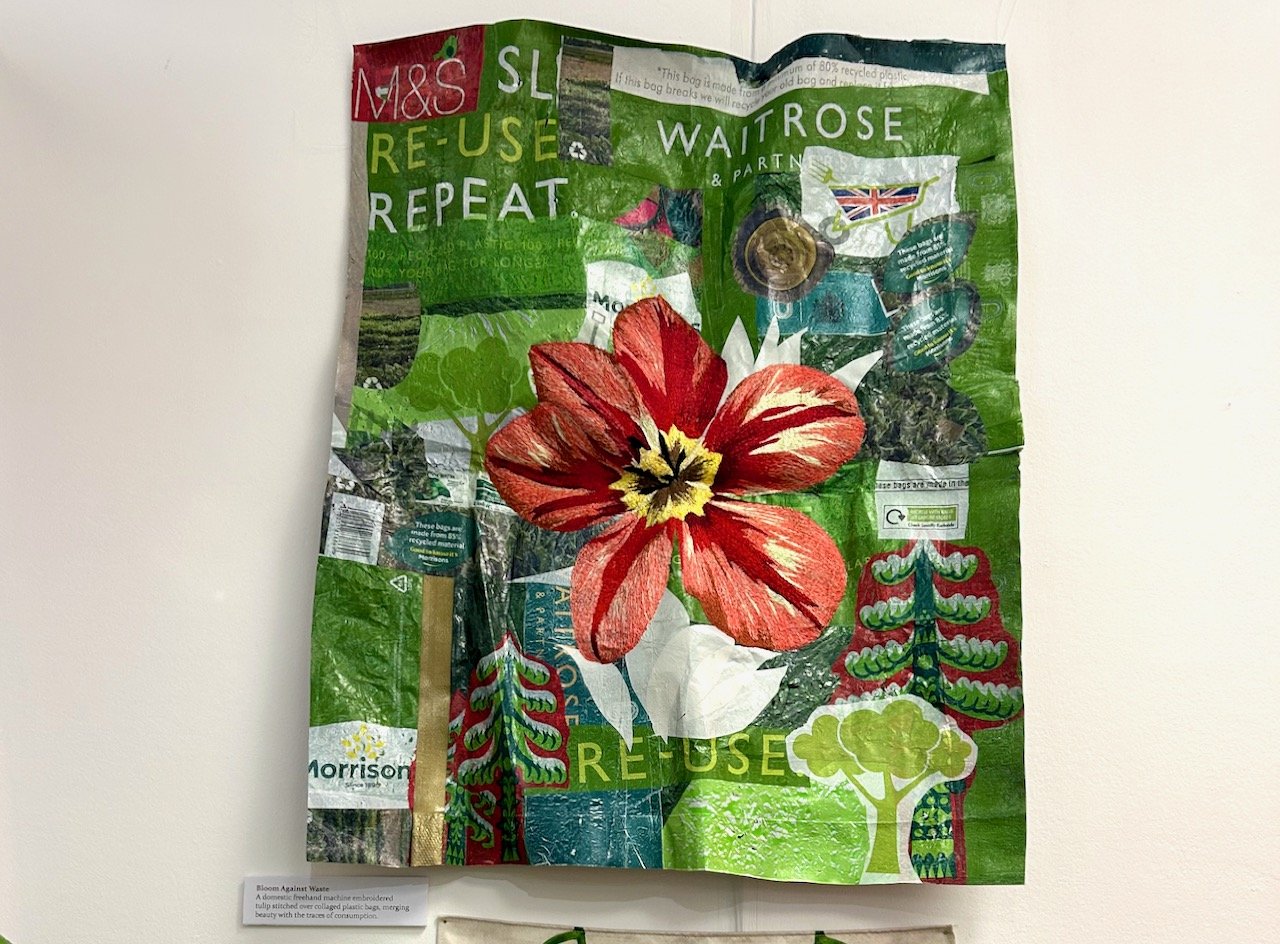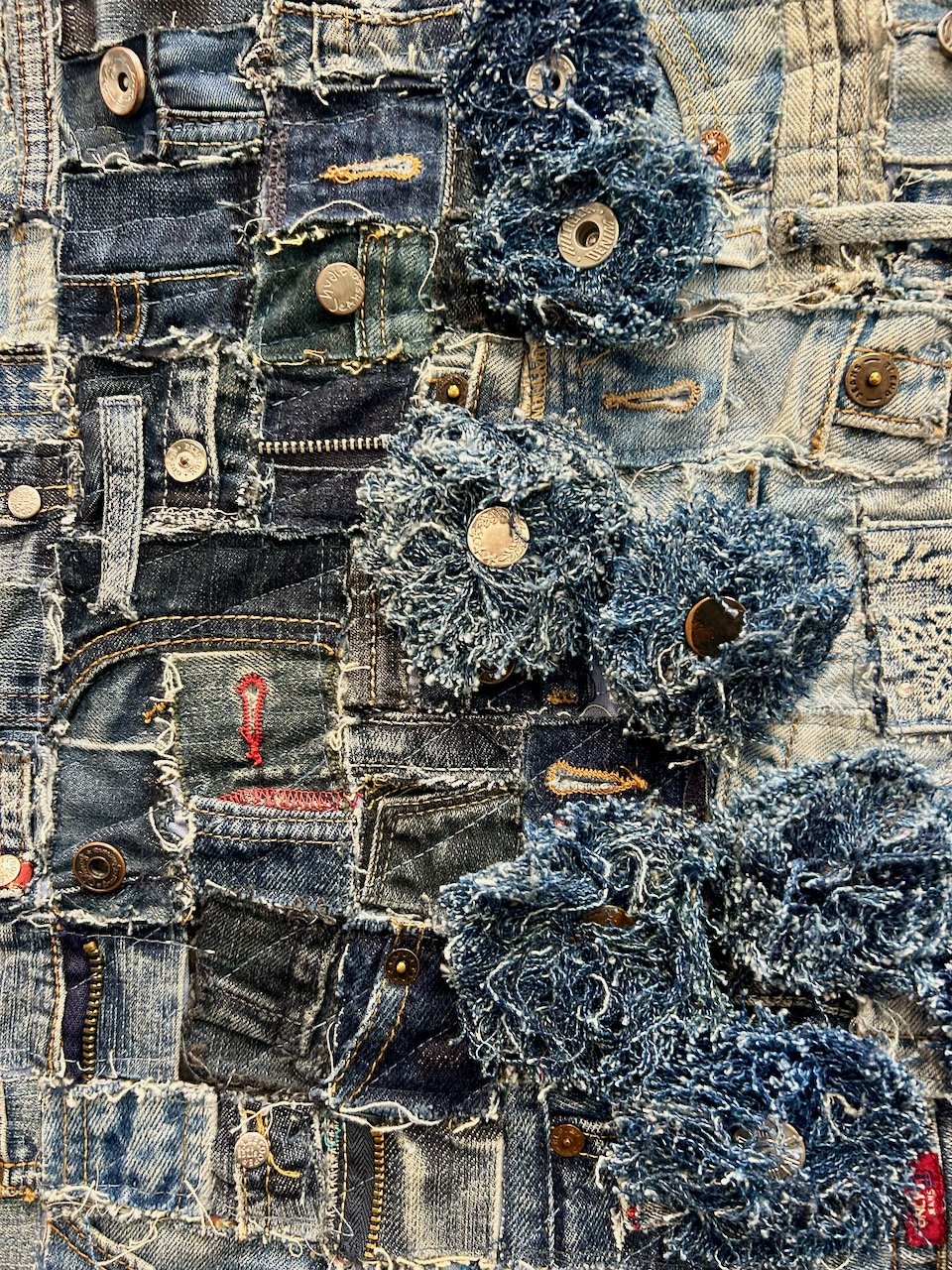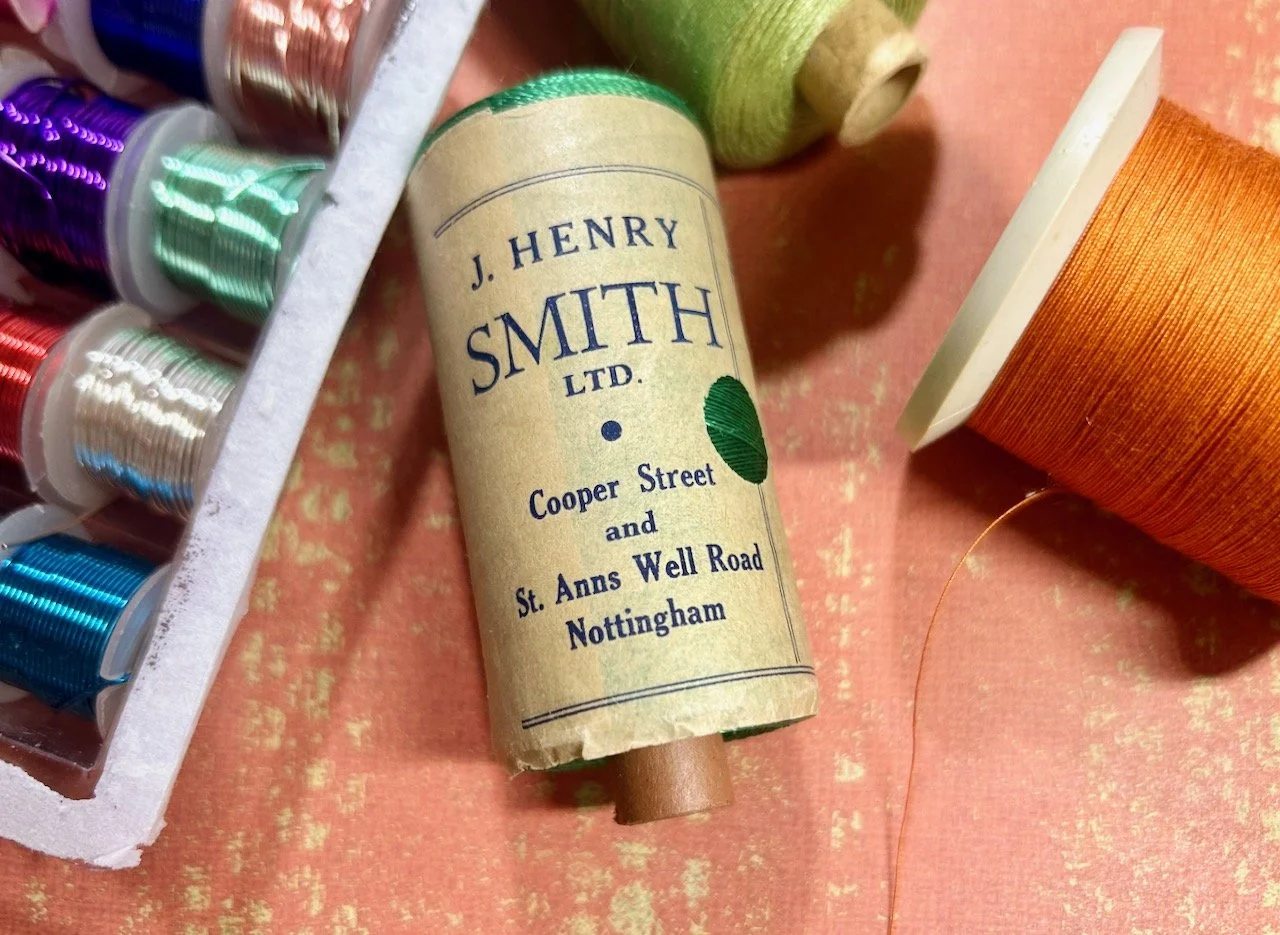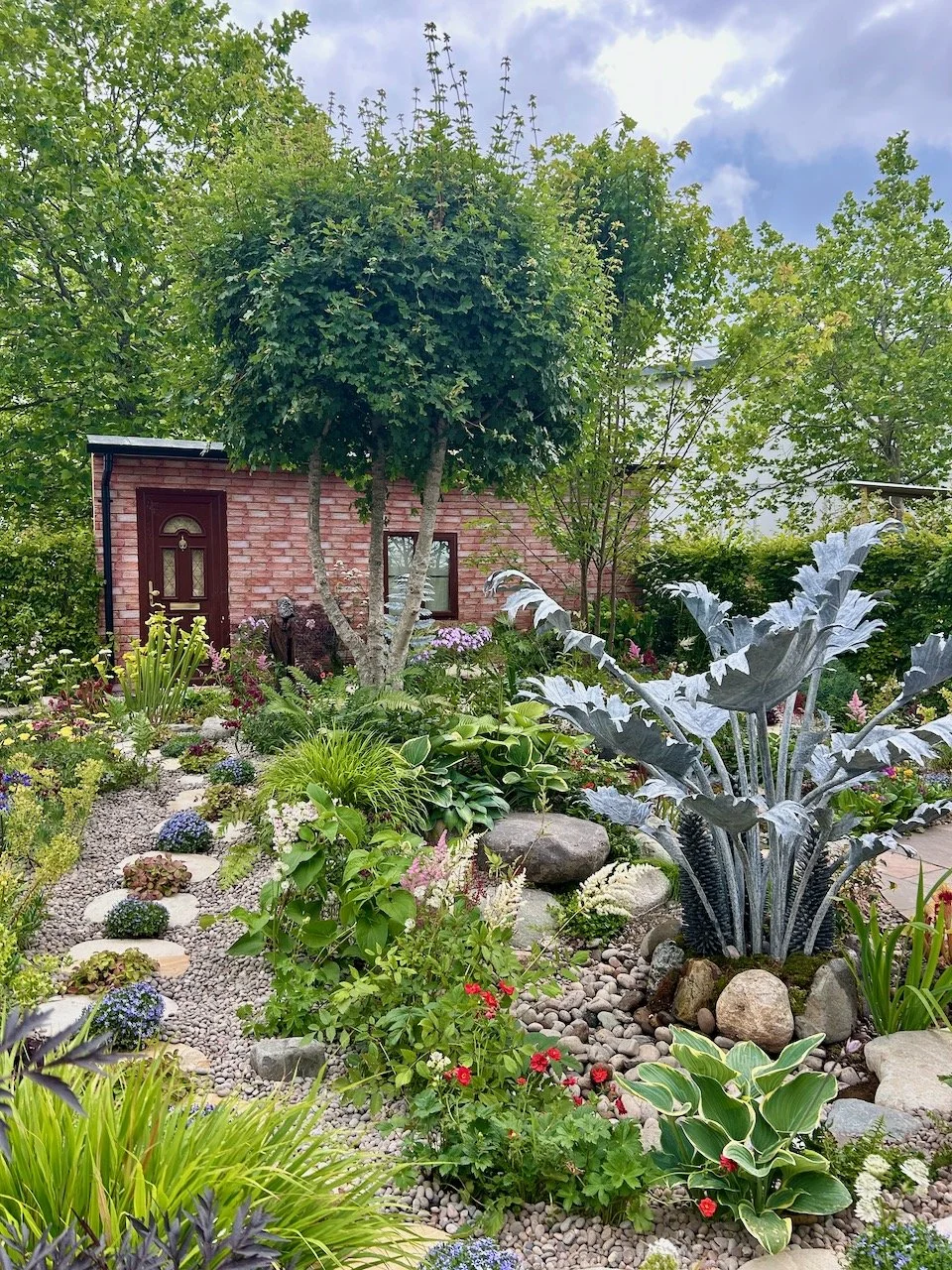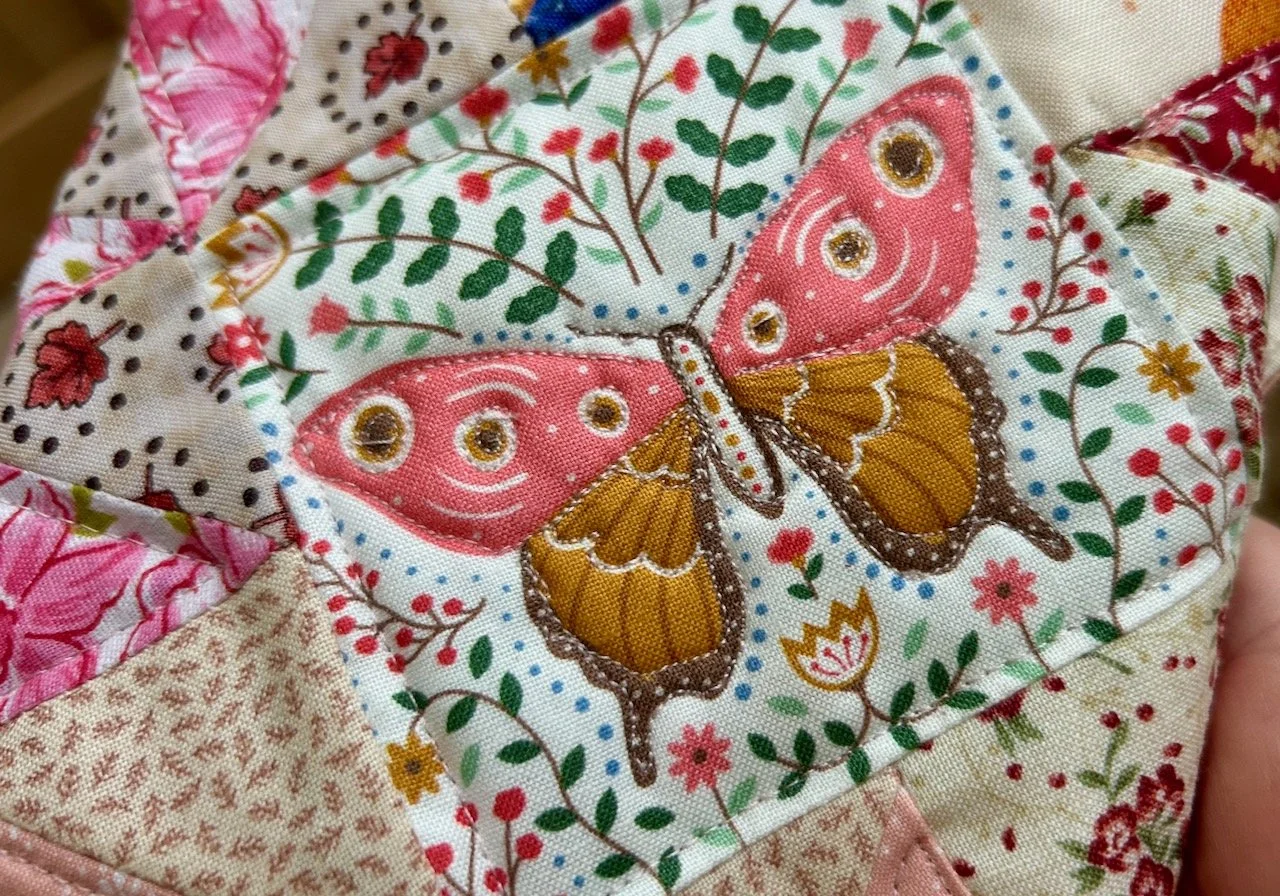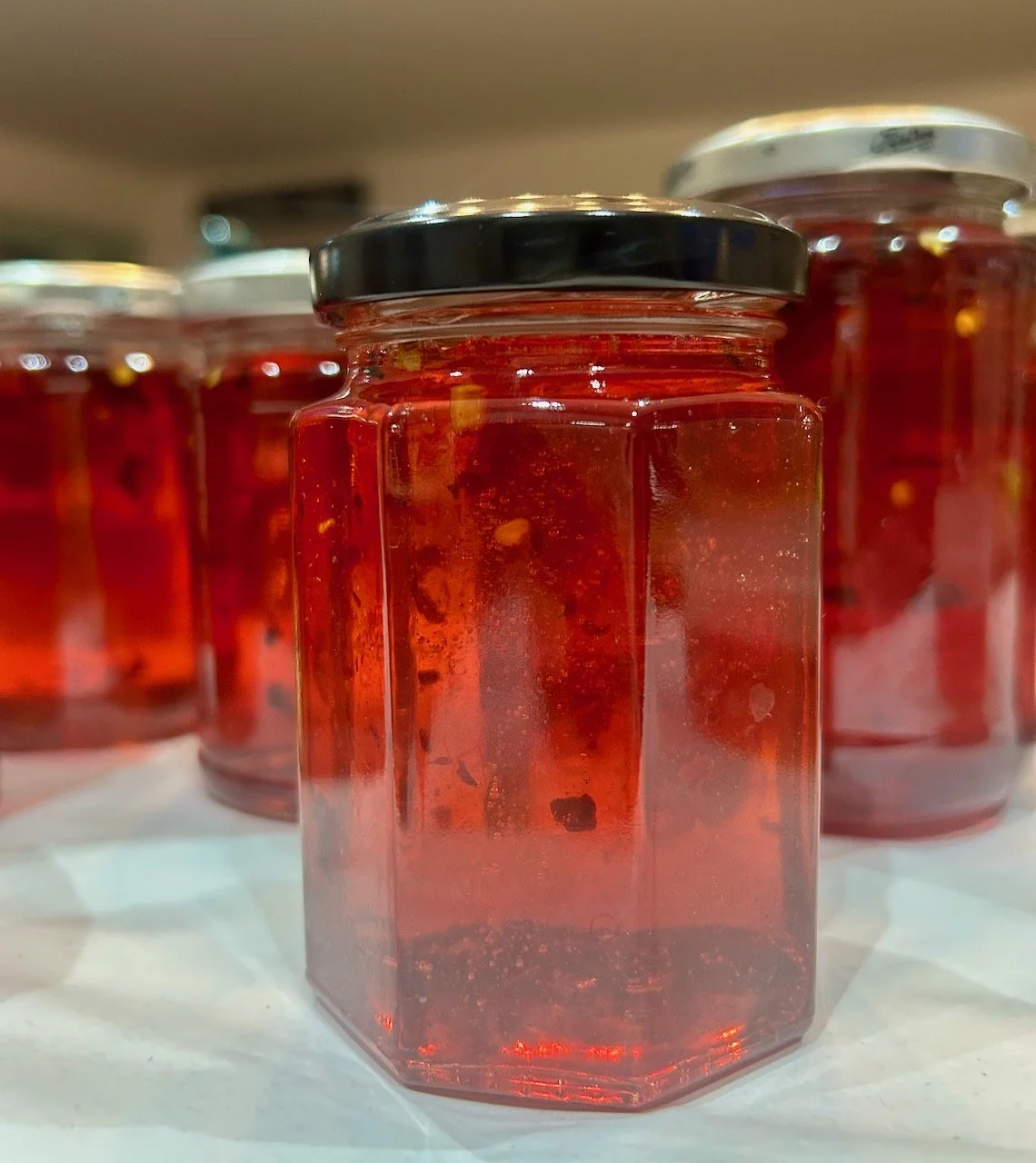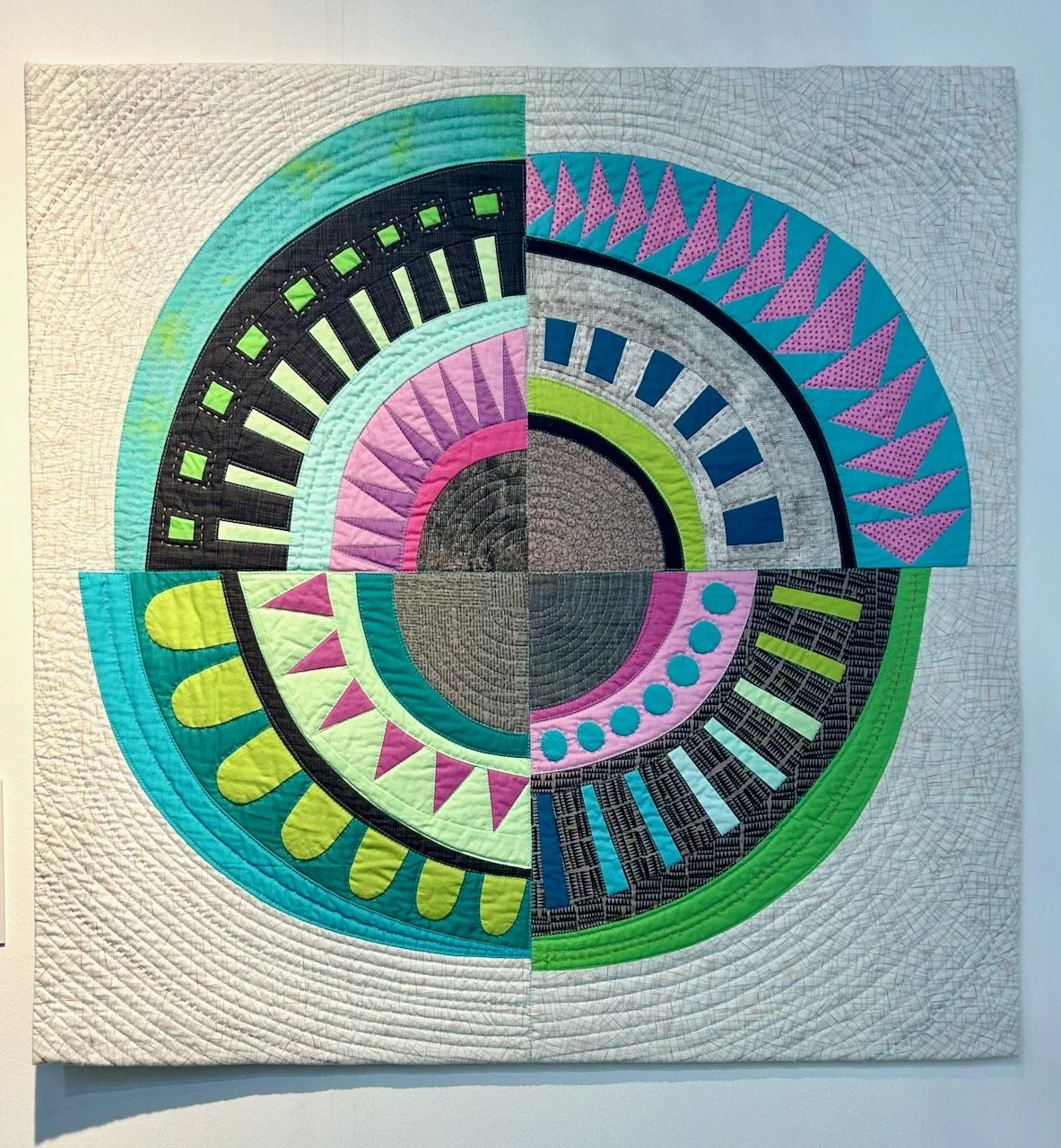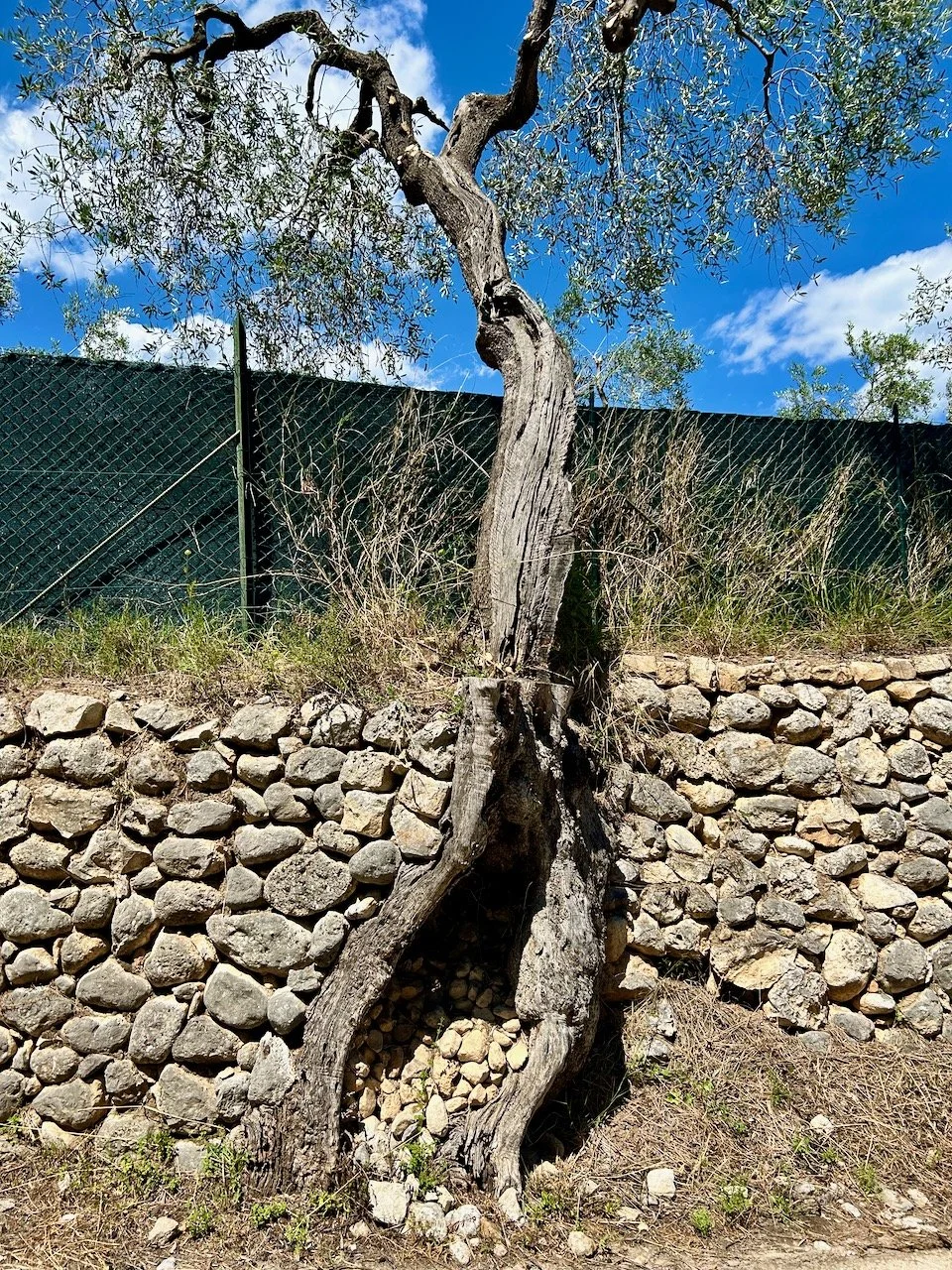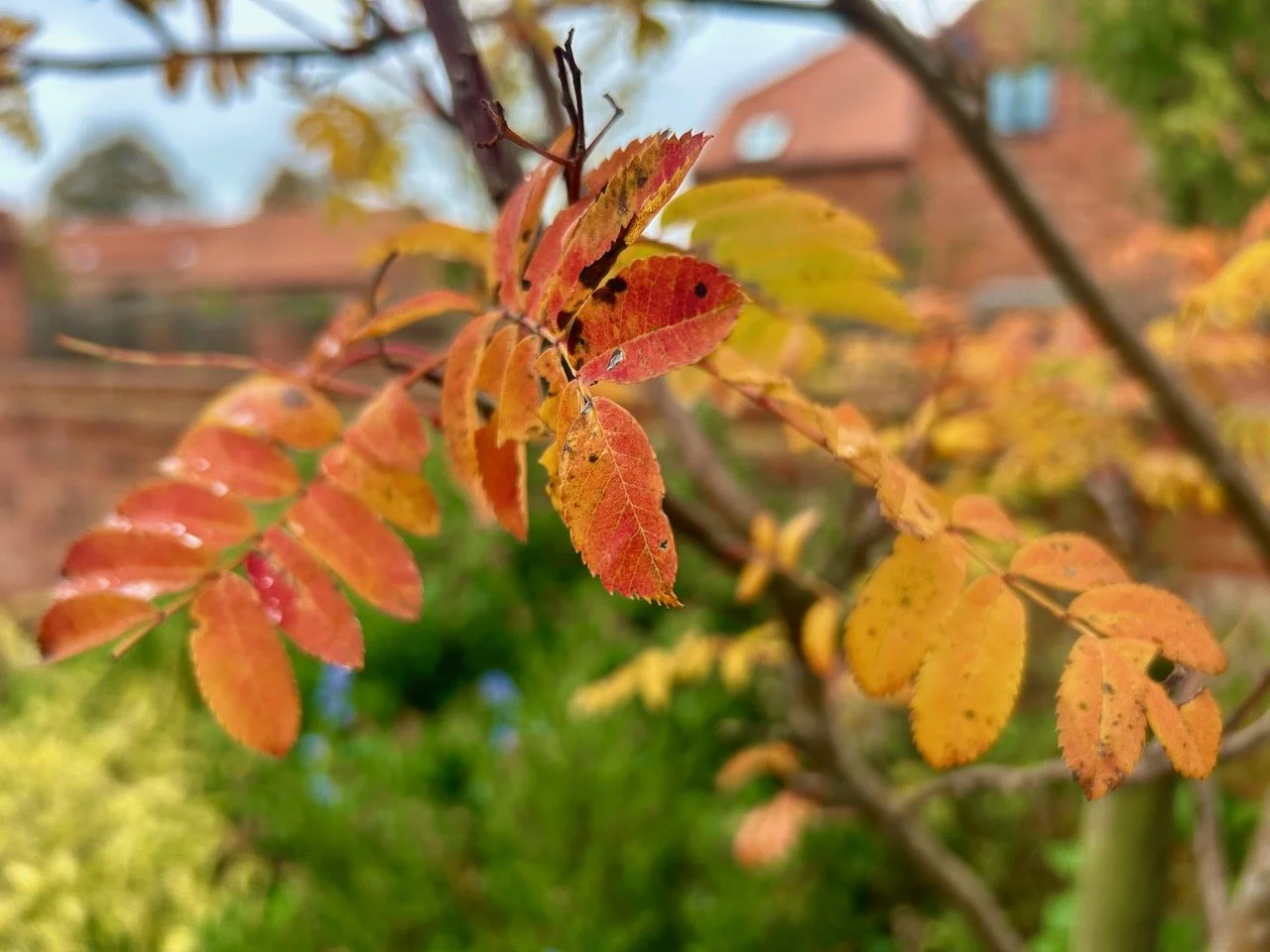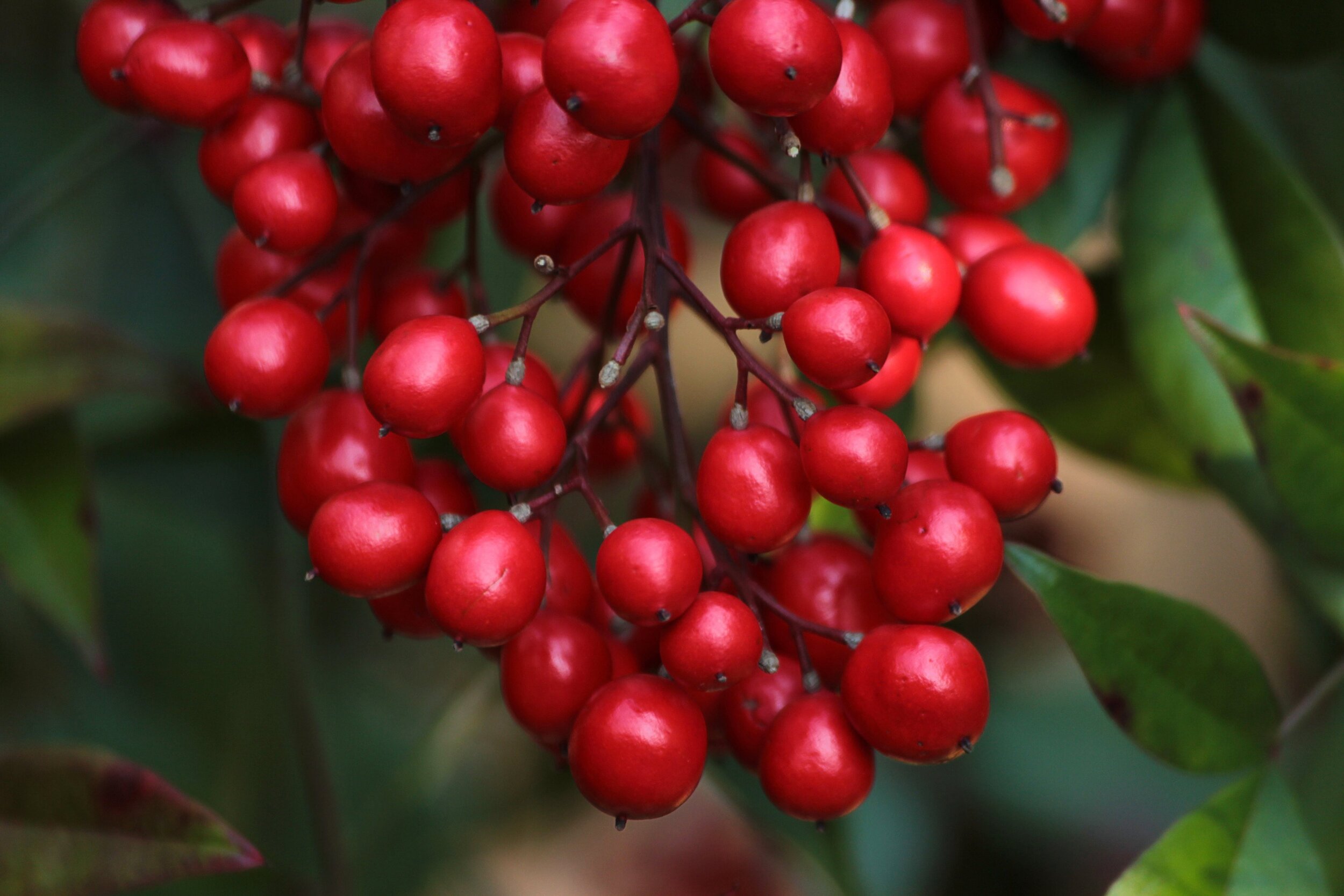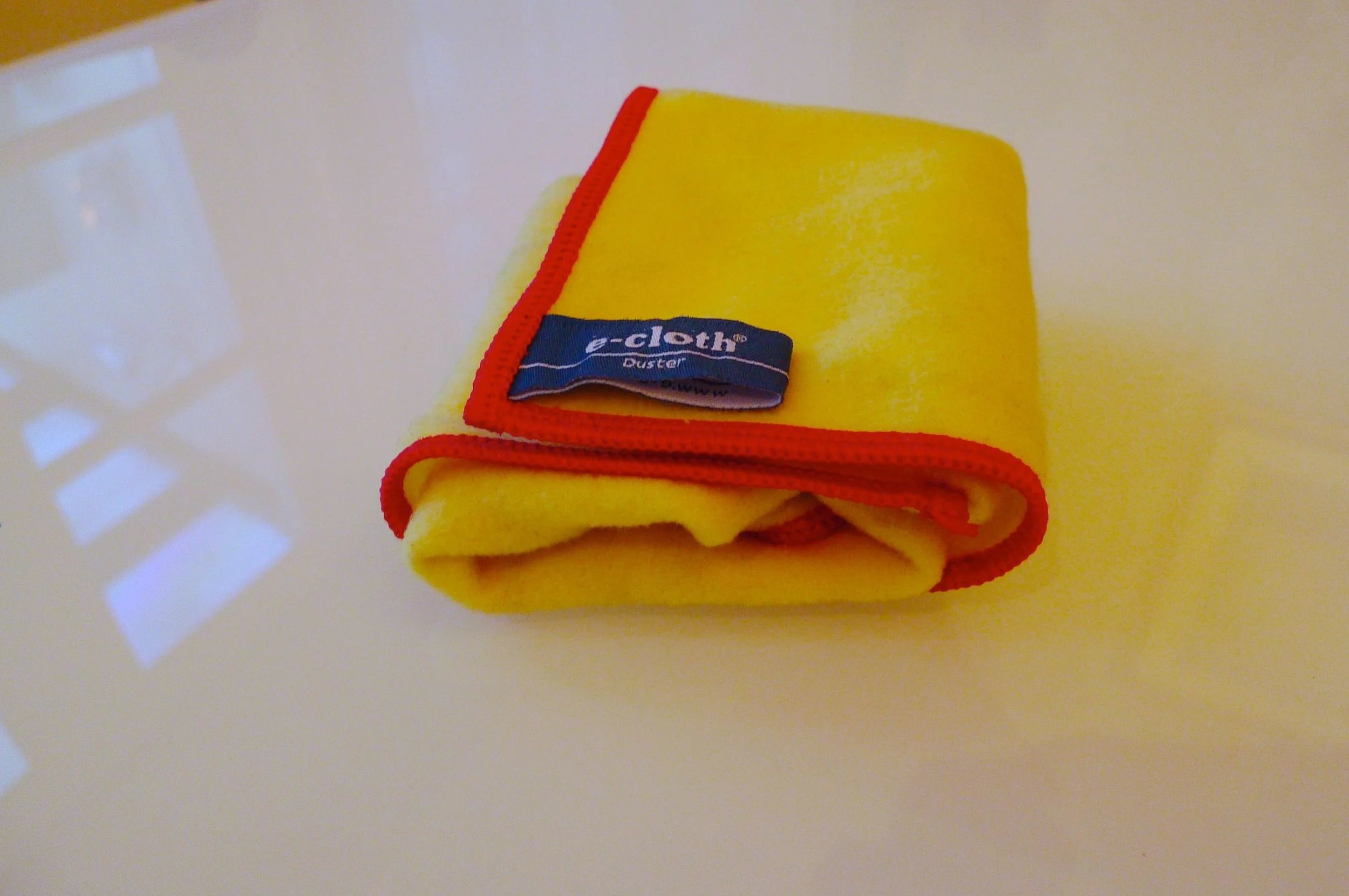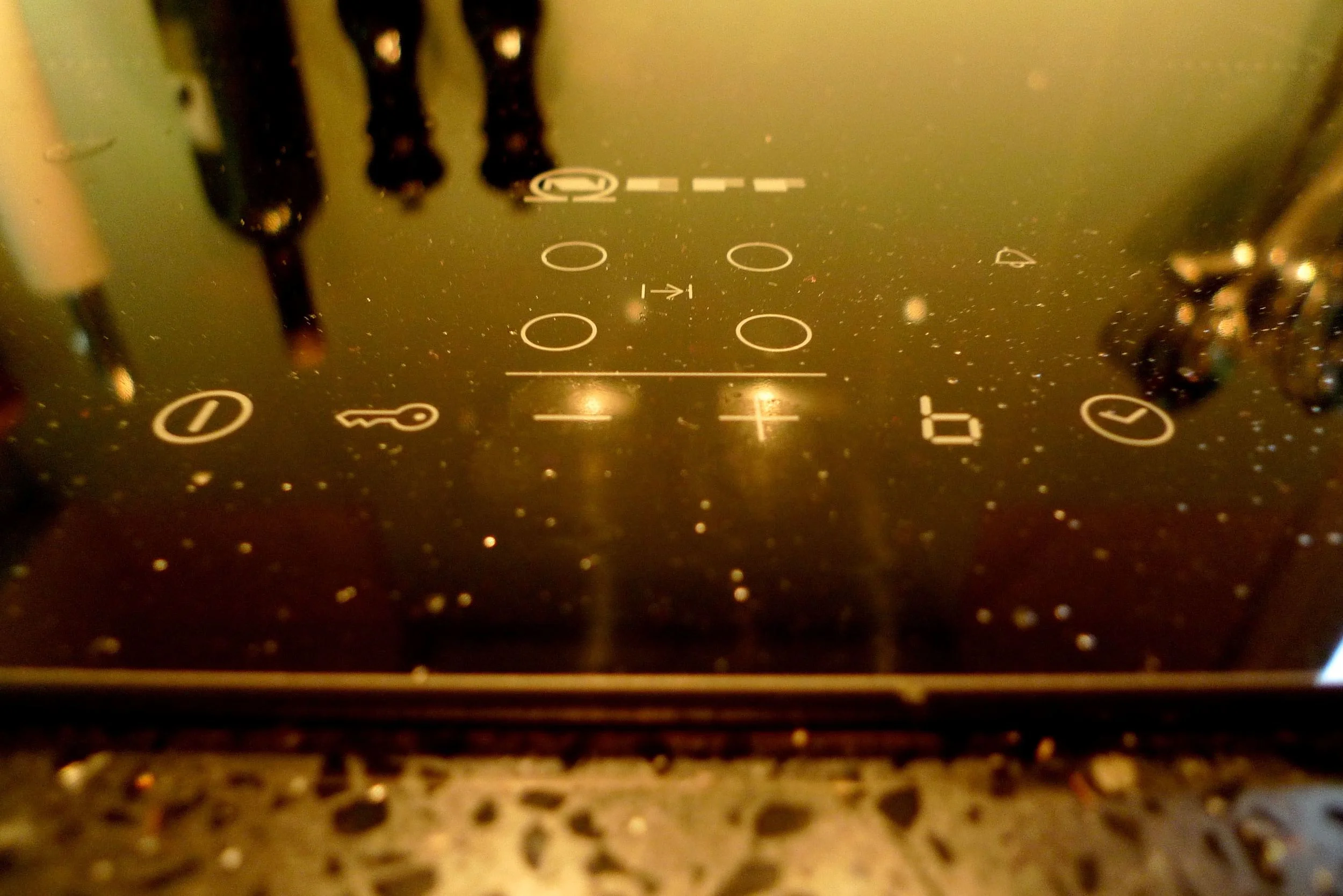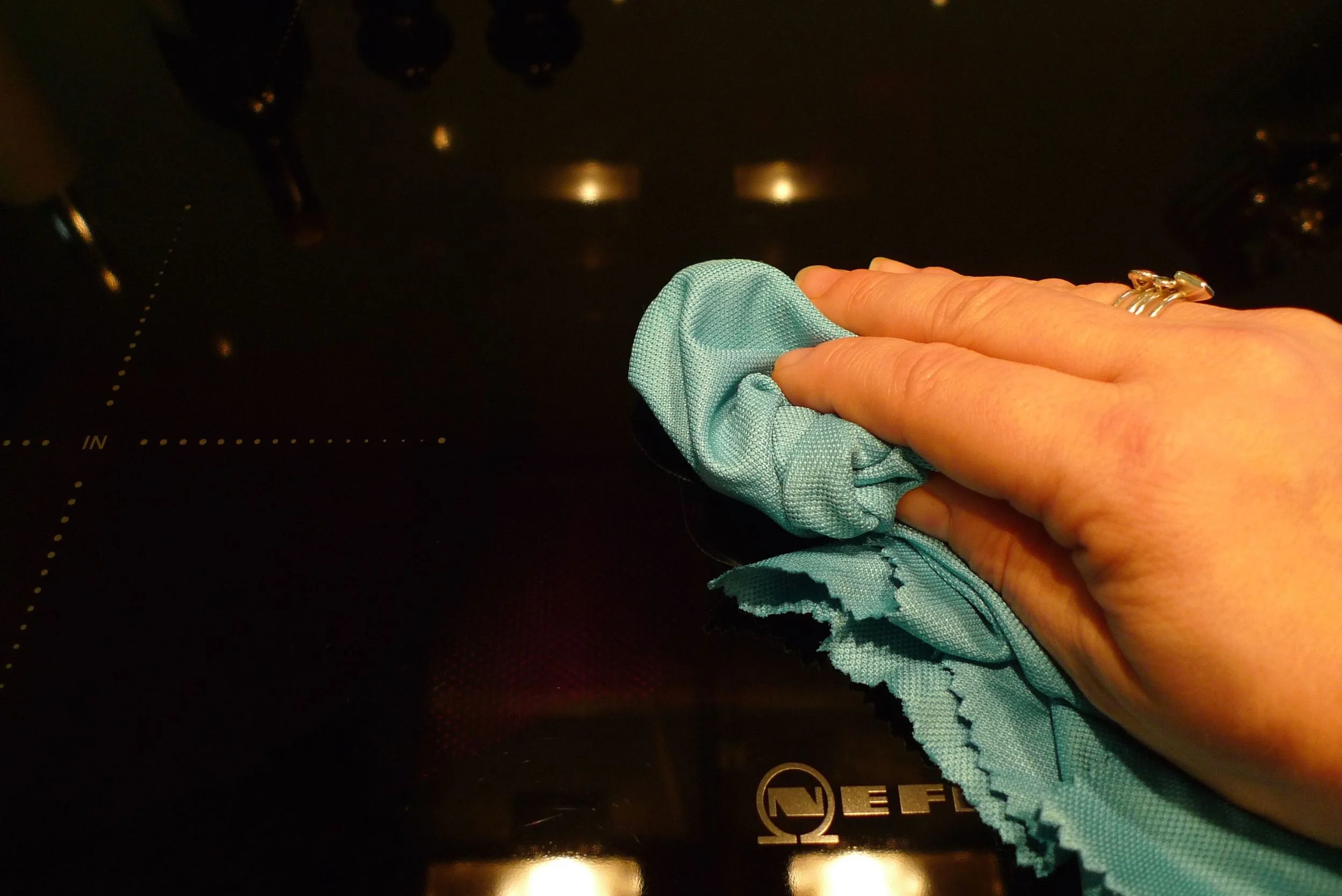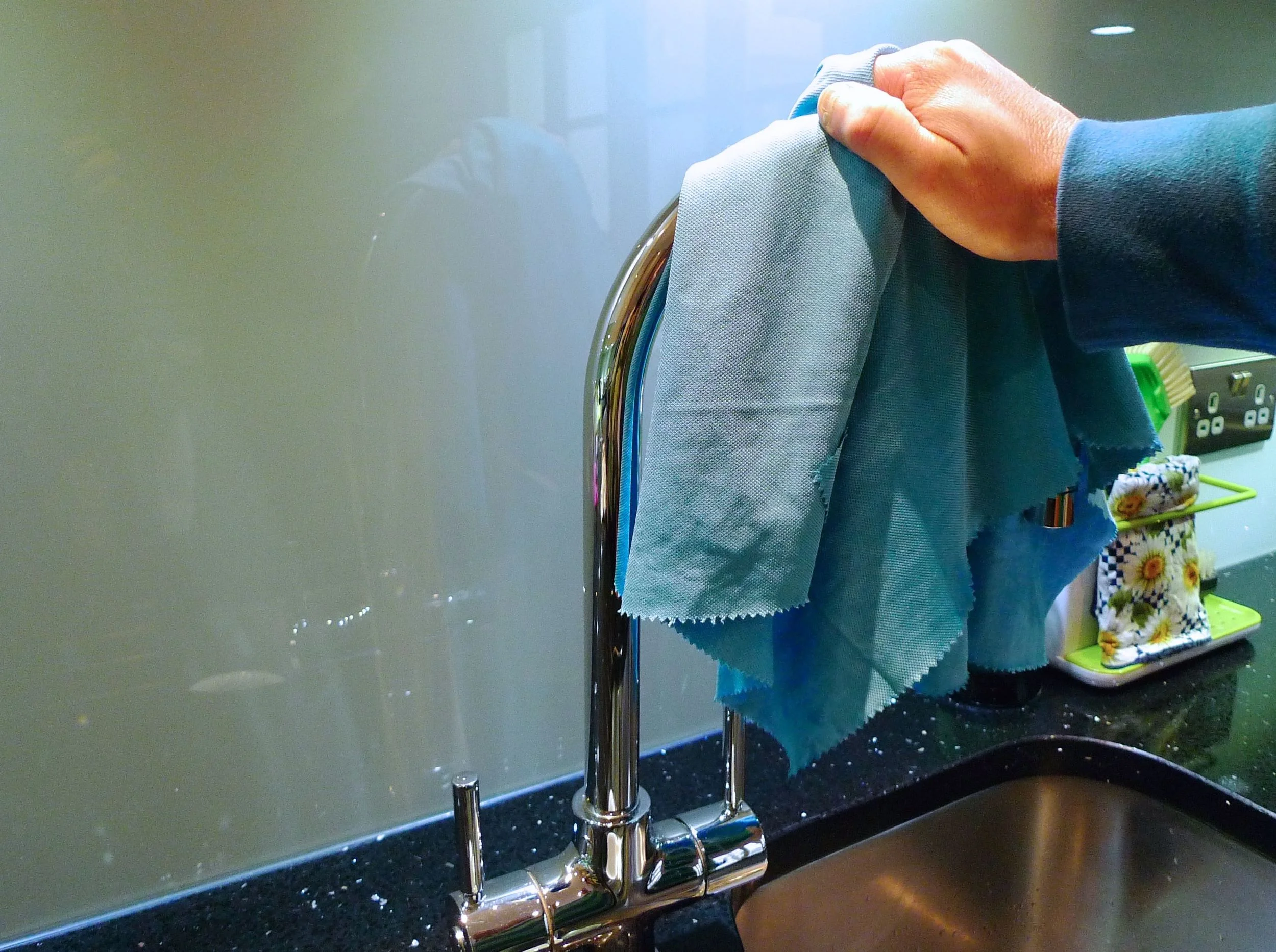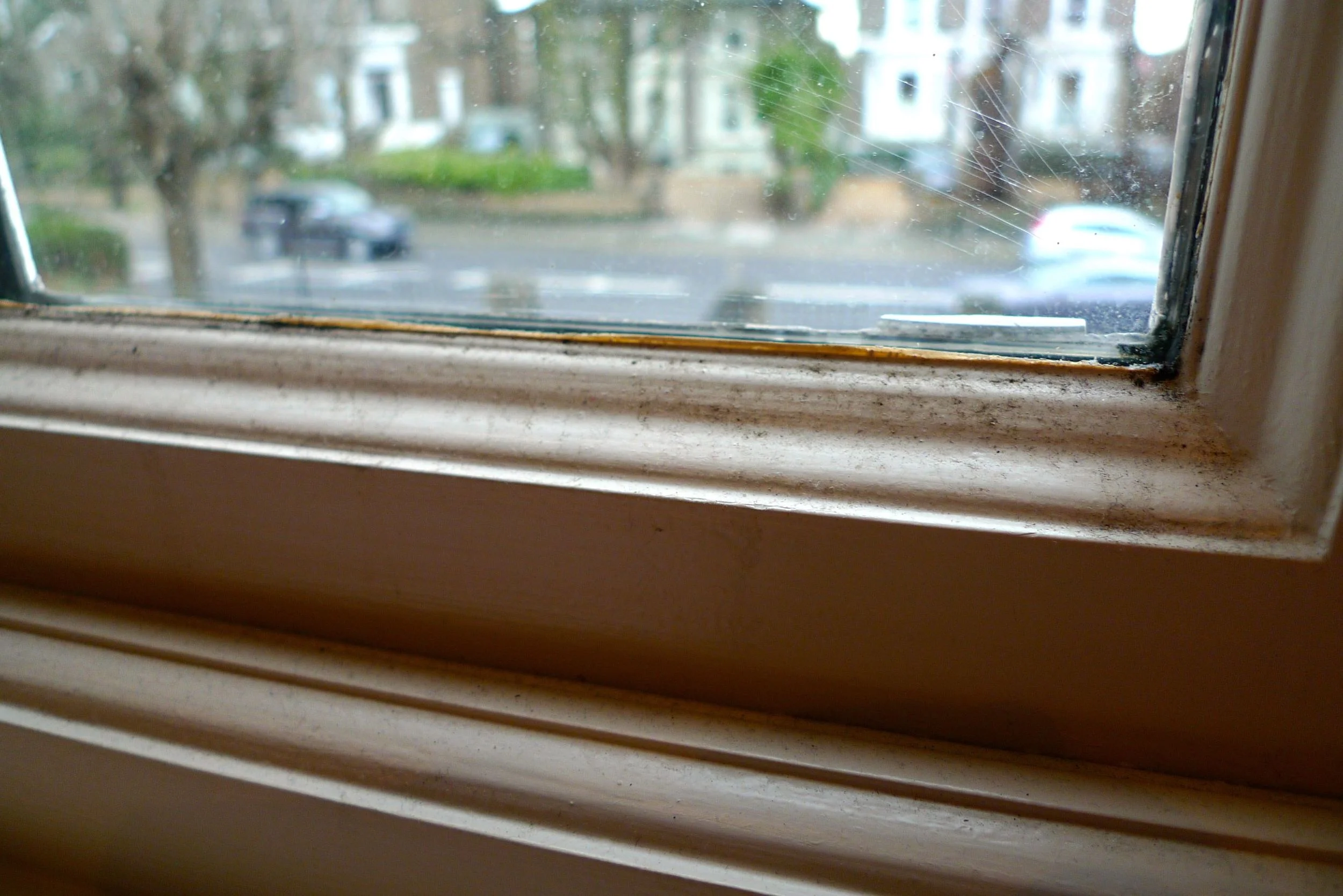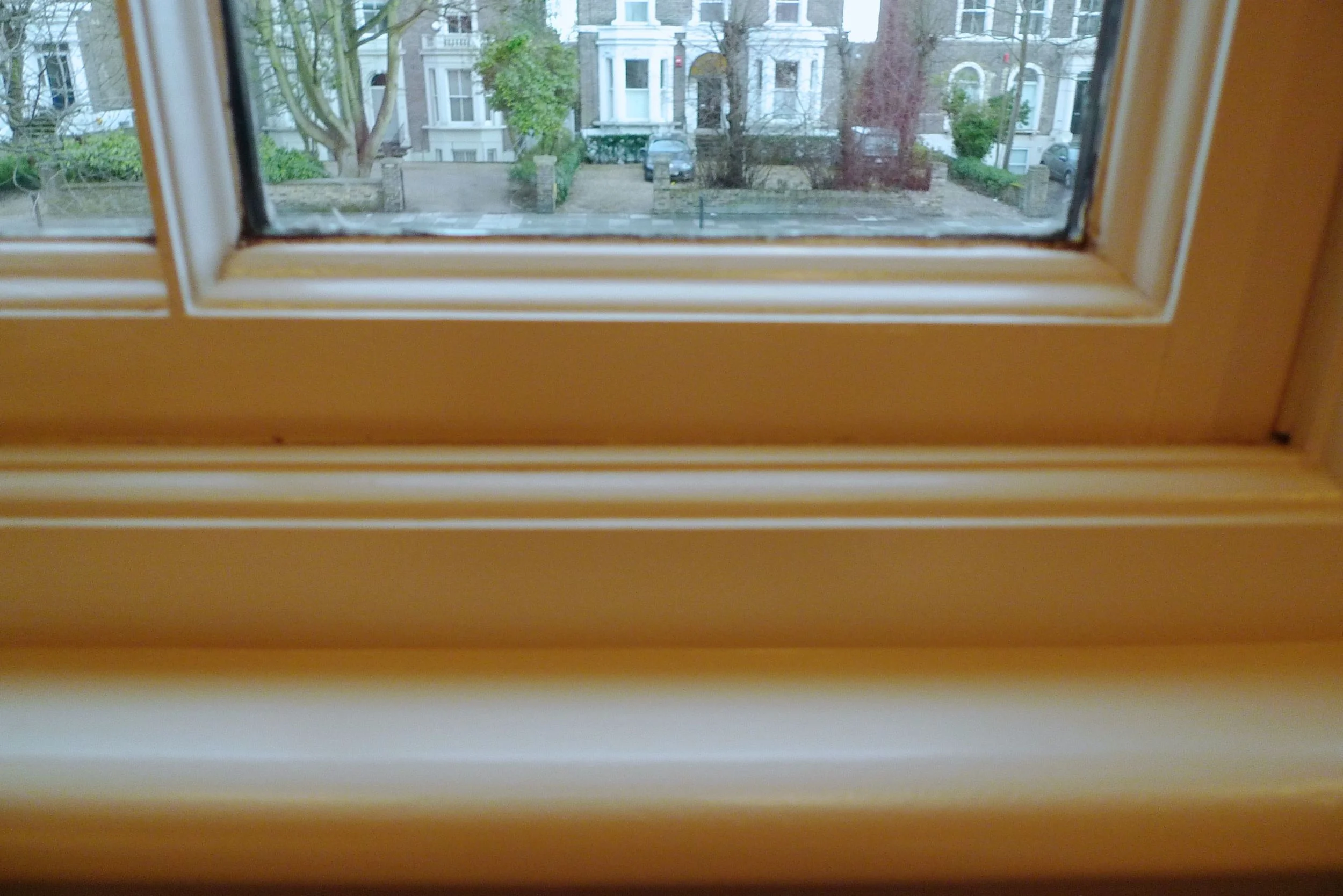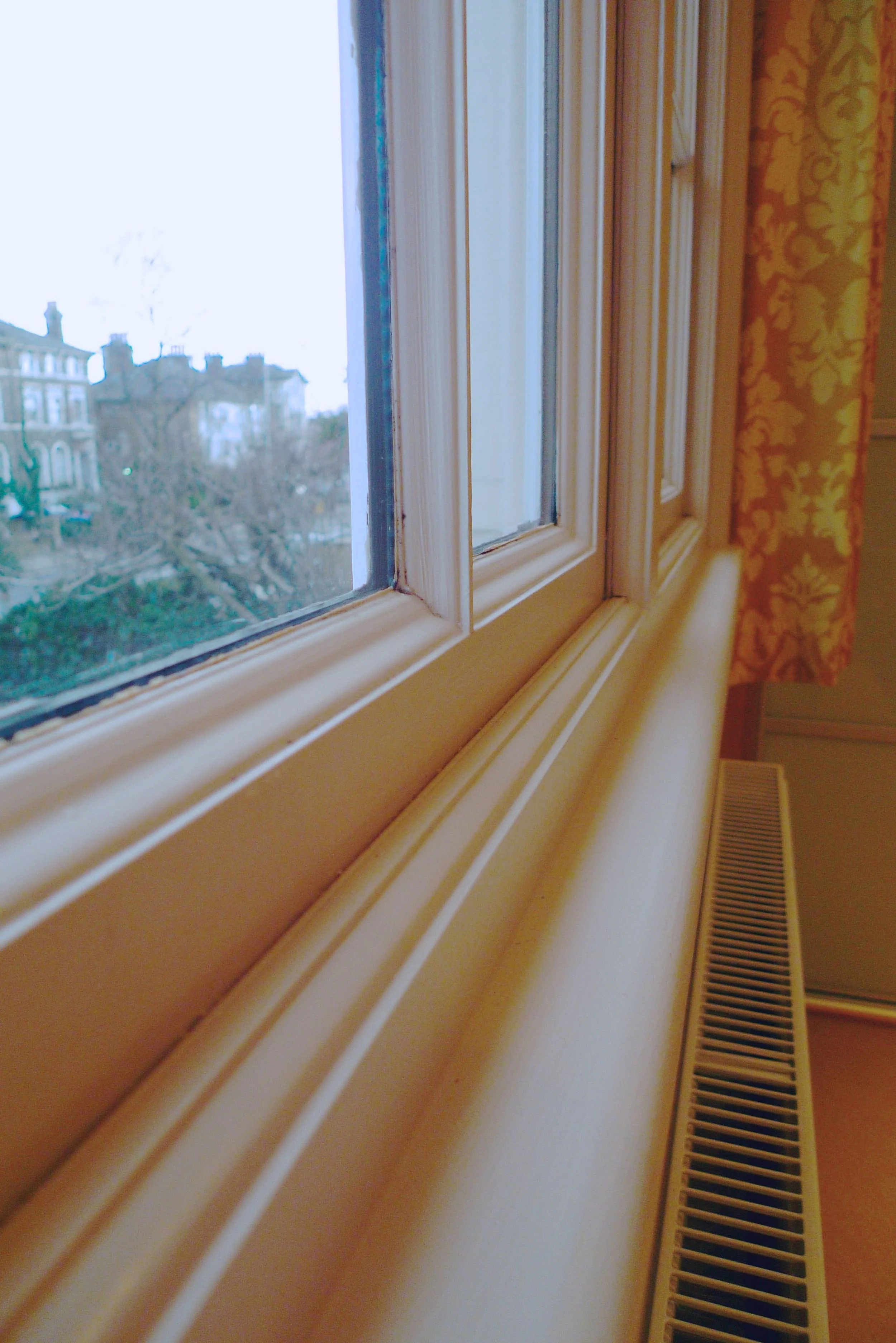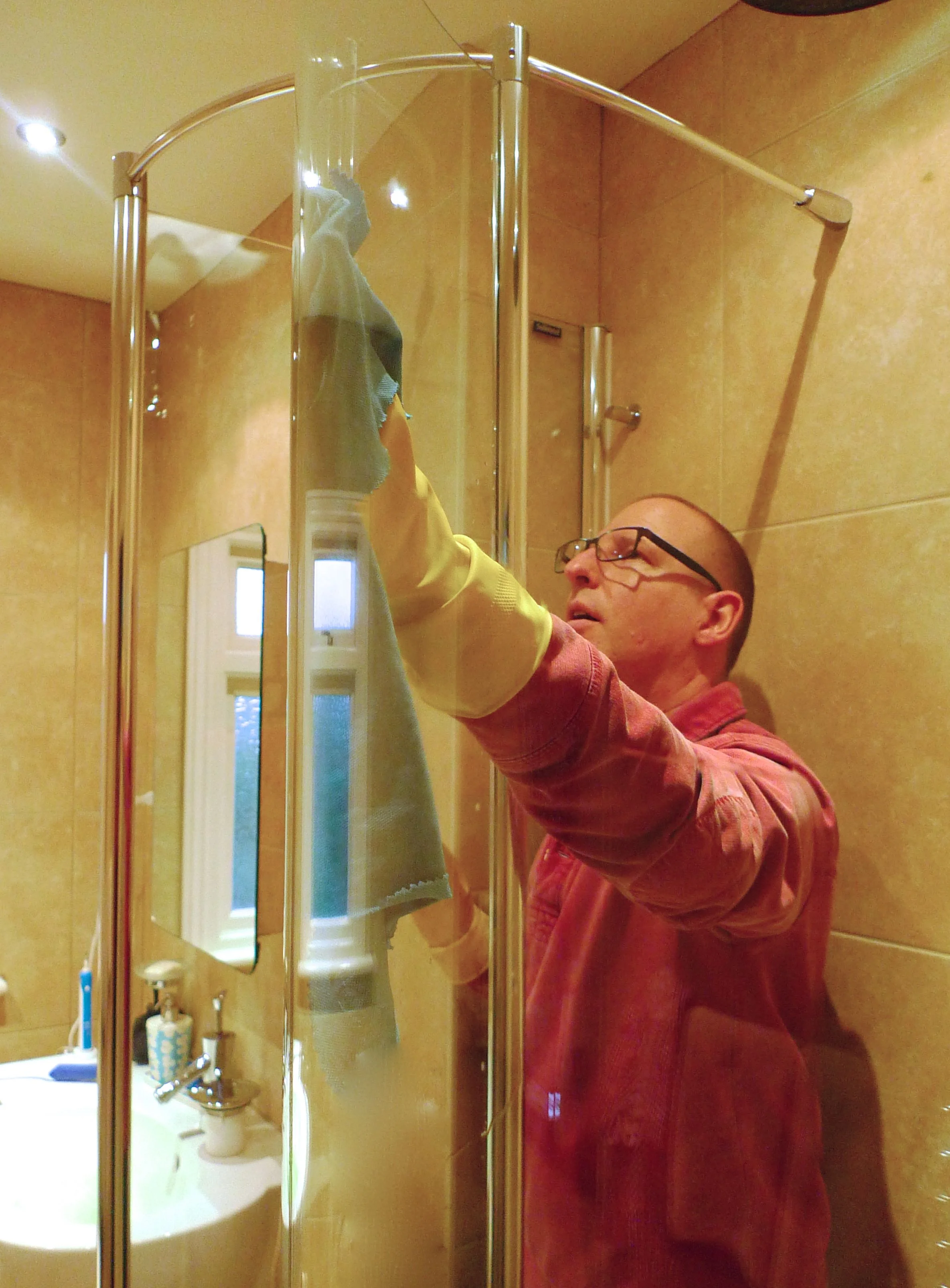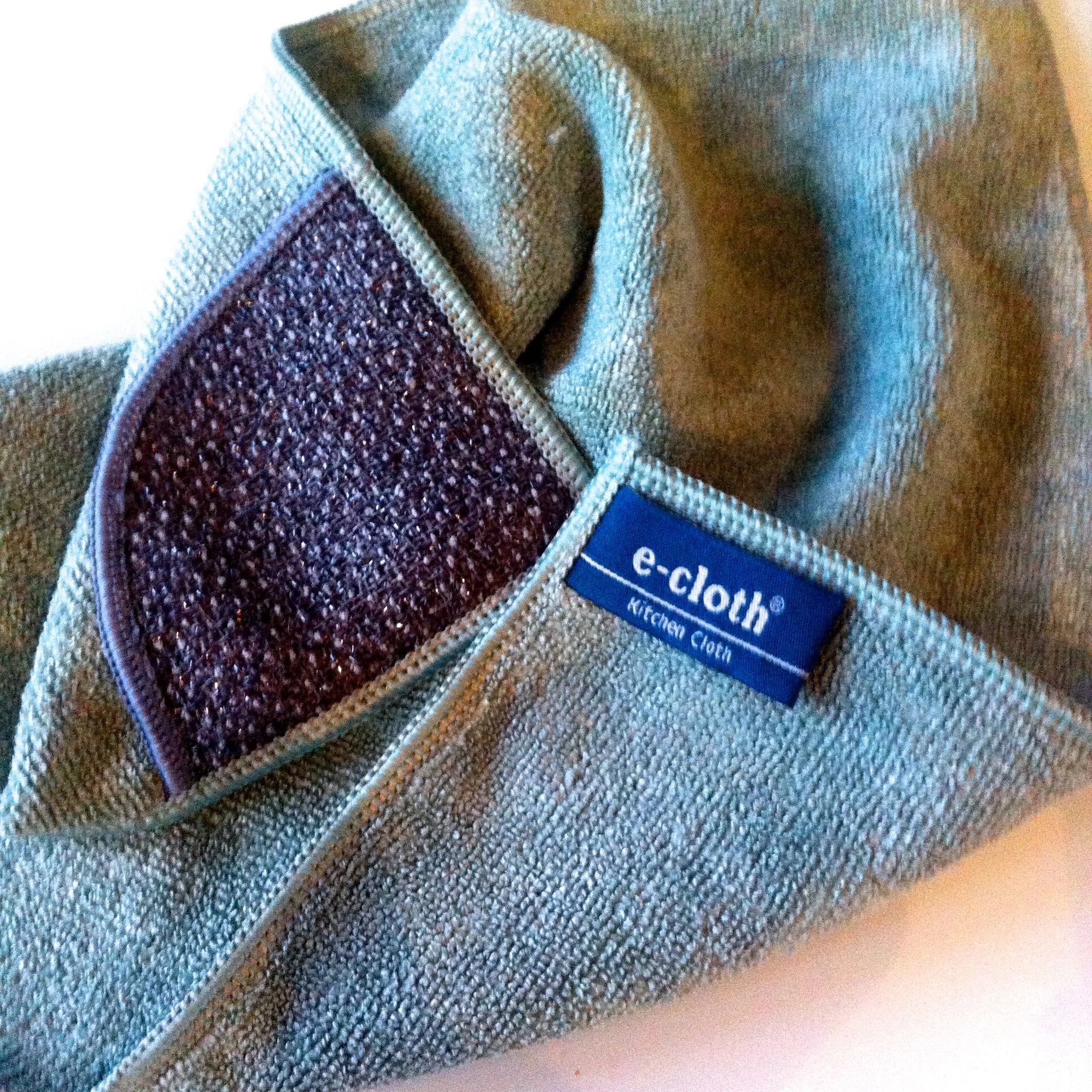So after reading that a Norwegian professor - Jan Vilhelm Bakke - confirmed that research had found that chemical cleaning sprays were harmful to health, I thought we'd give it a go. Note the use of we'd there, as MOH does the majority, but not all of the cleaning here - yes, I know, I'm lucky.
Bakke even went as far as to say that chemicals designed to effectively clean dirty surfaces, should not be breathed in. And as someone that struggles to breathe in the supermarket cleaning aisle, I can see his point. So we were in.
A TRADITIONAL LOOKING DUSTER
The multi-pack of e-cloths, one for every occasion it seemed, plus a mop for cleaning the floor arrived. There were cloths for the bathroom, the kitchen, a hob & oven cloth, a stainless steel cloth, one for windows, another for use on glass & polishing as well as a traditional yellow duster. Thankfully, each one was labelled.
The blurb on the box says that by using these cloths you'll
save time
save money
get better results and
be kind to your family and the environment.
AN E-CLOTH FOR EVERY OCCASION
But did they work?
Well I had plenty of places to test these cloths, let's start with the induction hob. This is my area of expertise - I'm expert at making it messy, usually just by cooking dinner and am quite particular about how it's cleaned. I can't cook on it when it's dirty or if it's been cleaned by MOH and left smeary, so I have plenty of experience (and views) about how this should be cleaned.
The cleaner than I'd found most effective had recently run out and so I was looking for something to take its place. Wiping the hob with a damp cloth removes the grime - I knew that - but where I was struggling was to get a smear-free finish.
So up came the glass & polishing cloth. It worked really well and left me with the streak-free finish I was after.
Next up was the sink - definitely one for MOH, he cleans the sink way better than me and he too gave the stainless steel cloth the thumbs up. Once again the glass & polishing cloth was used to give the tap an extra bit of shine.
I used the kitchen cloth to clean the worktops - you wet the cloth, wring it out, form it into a pad and off you go. We've a quartz worktop and while it was damp using the glass & polishing cloth to dry it off and bring out the shine worked really well.
Already I was impressed with that glass & polishing cloth - I suspect many people are as there were two of them in my pack.
Spurred on by the results I set off to find more things to test these cloths on - most unlike me! I also persuaded MOH to use them to clean his pride and joy, the shower. He took some convincing, but more on that later as I'd remembered our bedroom windows needed a clean.
The frames had been attracting dirt and dust from the busy street outside and fluff from the curtain lining, and it was building up. So it was time to try the window cloth, which the pack said removes dirt and grime from windows and frames.
My windows gave this cloth a good workout and the results were good. Just with a wet cloth - and my already trusty glass & polishing cloth - I got fantastic results. I was tempted to carry on and clean the windows in the rest of the house (which aren't as dirty as these) but managed to curb my enthusiasm and went to check to see how MOH was getting on cleaning the shower without chemicals.
He was convinced the cloths wouldn't give as good a clean - or shine - as with the chemicals he usually uses, but reluctantly agreed to give it a go. He couldn't see how one glass cloth would stay dry enough to cope with our large shower screen.
Well even the doubter was impressed. The bathroom cloth worked well, but once again it was the glass & polishing cloth that exceeded expectations. And tellingly one of the glass cloths now has a permanent home in the bathroom, alongside the bathroom cloth - I think that tells you what you need to know.
The technical bits
The e-cloths have 480,000 fibres per square centimetre. By combining their unique fibre technology with water they break up and hold grease, dirt and bacteria which normal cloths leave behind.
To clean the cloths the advice is that a warm rinse is usually enough in day-to-day use and regularly machine wash at temperatures between 30-60 degrees, with a small amount of detergent. The cloths will, it says, benefit from an occasional hot wash at 90 degrees.
I haven't washed the cloths yet, but once I've finished cleaning the windows in the house that cloth will be the first I wash - and while I haven't tested it, I fully expect the manufacturer's claims to stand up.
The best bit
Well other than my favourite cloth - which I think you'll've worked out by now. The next best bit is how each cloth is labelled with its intended use. This is a handy reminder but even better than that I can see it putting a stop to those frustrating conversations we seem to have all too often where MOH asks which cloth he can use to clean this, despite us having quite lengthy discussions about which cloth should be used where on what seems a regular basis.
THE KITCHEN E-CLOTH - WITH A HANDY SCRUBBING CORNER
So going chemical free was much easier than I expected and MOH was impressed with them too, which I didn't think I'd be writing. Infact we're so impressed with the glass & polishing cloth that we'll be buying a couple more. One will stay in the bathroom, we'll keep another solely for use in the kitchen and we'll have one to use on our new glass table which we're already regularly cleaning our fingerprints from!
This is a collaborative post and I was provided with these cloths for the purposes of this challenge, however all views and opinions are my own.

